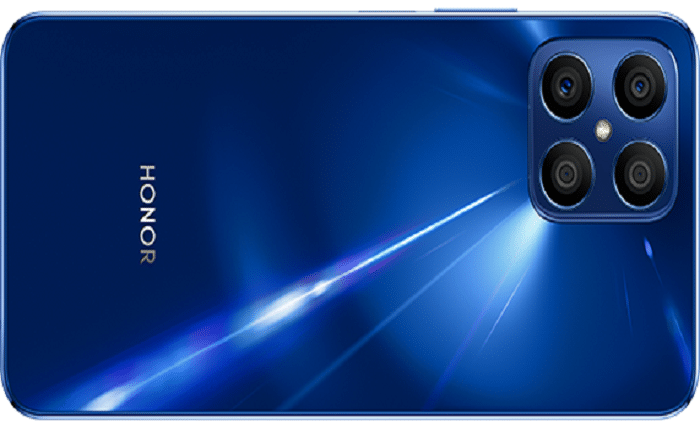The concept of a “smart home” has rapidly gained popularity in recent years, revolutionizing the way we interact with our living spaces. At the heart of this transformation is the integration of the Internet of Things (IoT) with smartphones, enabling homeowners to control and automate various aspects of their homes with just a few taps on their mobile devices.
From remotely adjusting the thermostat to monitoring security cameras, smartphones have become the central command center for smarter homes. In this article, we will explore the impact of smartphone-driven IoT integration in creating smarter homes.
1. The Internet of Things (IoT) and Smart Home Devices
The Internet of Things refers to the interconnection of everyday objects and devices via the Internet, allowing them to communicate and exchange data. In the context of smart homes, various IoT devices, such as smart thermostats, smart lighting, smart locks, and smart appliances, are integrated into the home network.
2. The Role of Smartphones
Smartphones act as the primary interface for controlling and managing these IoT devices. Through dedicated apps or voice assistants, homeowners can remotely monitor and control their smart home devices from anywhere with an internet connection.
3. Convenience and Efficiency
The integration of smartphones like HONOR X8 with IoT devices brings unparalleled convenience and efficiency to homeowners. They can adjust the temperature, turn lights on or off, and even start appliances before arriving home, ensuring a comfortable and energy-efficient living environment.
4. Enhanced Home Security
Smart home security systems, including smart cameras, doorbell cameras, and motion sensors, can send real-time alerts and footage to homeowners’ smartphones. This empowers homeowners to keep a close eye on their property’s security and respond to potential threats promptly.
5. Energy Management and Savings
Smart thermostats and energy monitoring devices allow homeowners to optimize their energy usage based on their schedules and preferences. By remotely controlling heating, cooling, and lighting, they can reduce energy waste and potentially save on utility bills.
6. Personalization and Customization
Smart home apps allow for personalization and customization of smart devices’ settings. Homeowners can create custom scenes or routines that automatically adjust multiple devices based on specific triggers or time of day.
7. Voice-Activated Control
Smartphones are often paired with voice assistants like Amazon’s Alexa, Google Assistant, or Apple’s Siri. This enables homeowners to control smart devices with voice commands, making interactions even more intuitive and hands-free.
8. Integration and Interoperability
Smartphone-driven IoT integration offers the advantage of device interoperability. Homeowners can integrate devices from various manufacturers into a single app, creating a cohesive and interconnected smart home ecosystem.
9. Remote Monitoring and Peace of Mind
With smartphone-driven IoT integration, homeowners gain peace of mind through remote monitoring. Whether they are at work, on vacation, or away from home, they can check on their home’s status and receive instant notifications in case of any irregularities.
10. Challenges and Considerations
While smartphone-driven IoT integration has numerous benefits, it also comes with certain challenges and considerations. Privacy and security concerns surrounding IoT devices and data protection need to be addressed to ensure a safe and secure smart home experience.
Conclusion
Smartphone-driven IoT integration has ushered in an era of smarter homes, transforming the way we interact with and manage our living spaces. With convenience, efficiency, enhanced security, and energy savings, homeowners can enjoy a more connected and personalized living environment. By implementing robust security measures and staying informed about the latest developments in IoT security, homeowners can fully enjoy the benefits of a smarter and more connected home without compromising on privacy and safety.

